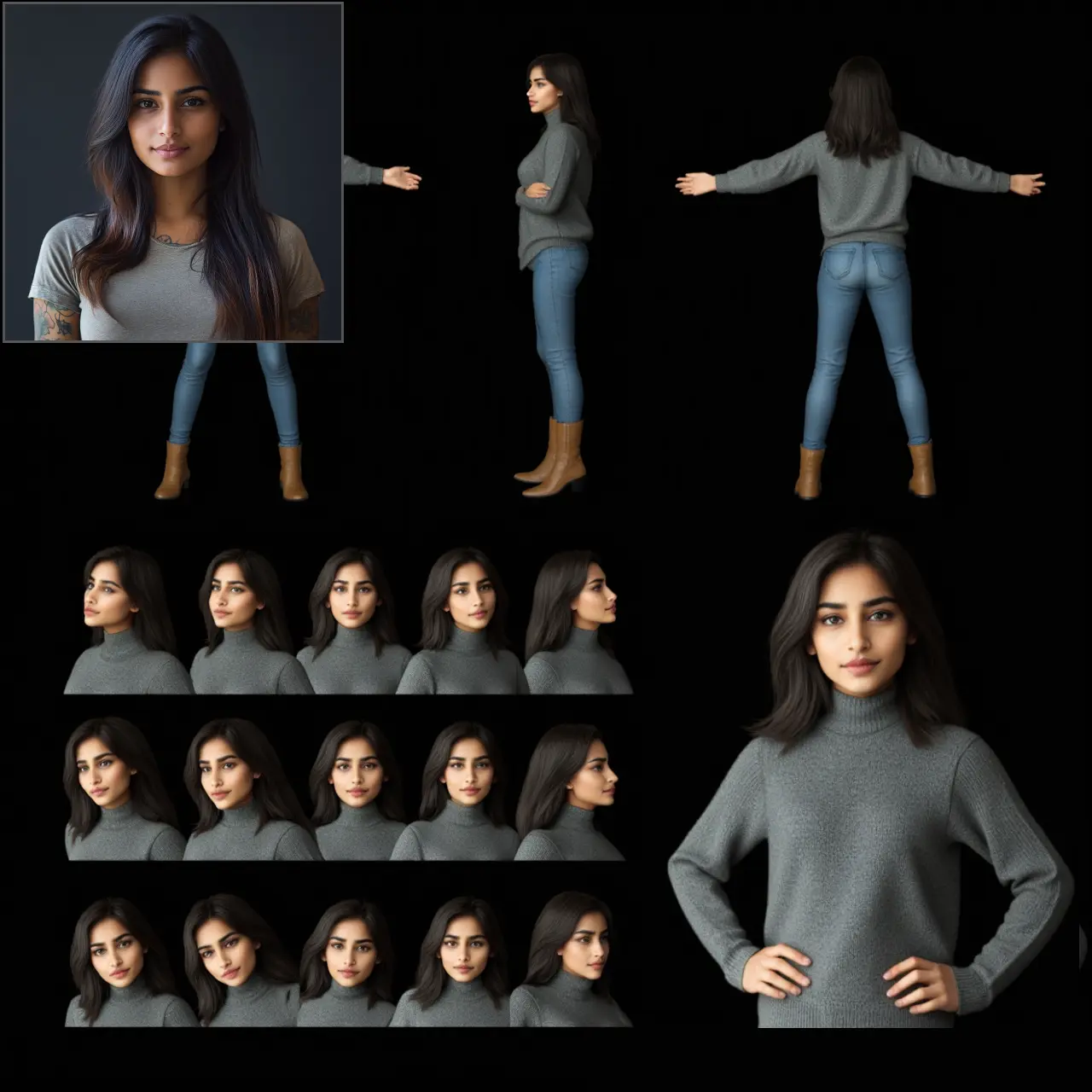ComfyUI Node: TileSplit (Legacy)
TileSplit
Categoryutils
kinfolk0117 (Account age: 753days) Extension
SimpleTiles Latest Updated
2024-05-22 Github Stars
0.05K
How to Install SimpleTiles
Install this extension via the ComfyUI Manager by searching for SimpleTiles- 1. Click the Manager button in the main menu
- 2. Select Custom Nodes Manager button
- 3. Enter SimpleTiles in the search bar
Visit ComfyUI Online for ready-to-use ComfyUI environment
- Free trial available
- 16GB VRAM to 80GB VRAM GPU machines
- 400+ preloaded models/nodes
- Freedom to upload custom models/nodes
- 200+ ready-to-run workflows
- 100% private workspace with up to 200GB storage
- Dedicated Support
TileSplit (Legacy) Description
Divide large images into smaller tiles for efficient processing and recombination with overlapping continuity.
TileSplit (Legacy):
The TileSplit node is designed to divide a large image into smaller, more manageable tiles. This is particularly useful for processing high-resolution images that may be too large to handle in a single pass. By splitting the image into tiles, you can apply various image processing techniques to each tile individually and then recombine them if needed. This node ensures that the tiles overlap slightly, which helps in maintaining continuity and avoiding visible seams when the tiles are processed and merged back together. The primary goal of the TileSplit node is to facilitate efficient and effective image processing by breaking down large images into smaller sections.
TileSplit (Legacy) Input Parameters:
image
This parameter represents the input image that you want to split into tiles. The image should be in a format that the node can process, typically a tensor representing the image data.
tile_height
This parameter specifies the height of each tile in pixels. The default value is 64, with a minimum value of 64 and a maximum value of 4096. Adjusting this value will change the height of the tiles, impacting how the image is divided.
tile_width
This parameter specifies the width of each tile in pixels. The default value is 64, with a minimum value of 64 and a maximum value of 4096. Adjusting this value will change the width of the tiles, impacting how the image is divided.
overlap
This parameter determines the number of pixels by which adjacent tiles will overlap. The default value is 64, with a minimum value of 0 and a maximum value of 4096. Overlapping tiles help maintain continuity and avoid visible seams when the tiles are processed and merged back together.
TileSplit (Legacy) Output Parameters:
IMAGE
The output is a tensor containing the tiles generated from the input image. Each tile is a smaller section of the original image, and the tiles are arranged in a way that they can be processed individually and then recombined if needed.
TileSplit (Legacy) Usage Tips:
- Adjust the
tile_heightandtile_widthparameters based on the resolution of your input image and the capabilities of your processing hardware. Smaller tiles may be easier to process but could increase the number of tiles generated. - Use the
overlapparameter to ensure that there are no visible seams when the tiles are recombined. A higher overlap value can help maintain continuity but may result in more redundant data. - Ensure that the input image is in a compatible format and properly preprocessed before using the TileSplit node to avoid errors during the splitting process.
TileSplit (Legacy) Common Errors and Solutions:
"Input image is not in the correct format"
- Explanation: The input image provided is not in a format that the TileSplit node can process.
- Solution: Ensure that the input image is a tensor representing the image data. Convert the image to the appropriate format before passing it to the TileSplit node.
"Tile dimensions exceed image dimensions"
- Explanation: The specified
tile_heightandtile_widthare larger than the dimensions of the input image. - Solution: Adjust the
tile_heightandtile_widthparameters to be smaller than the dimensions of the input image.
"Overlap value is too high"
- Explanation: The
overlapparameter is set to a value that is too high, causing excessive overlap between tiles. - Solution: Reduce the
overlapparameter to a more reasonable value that ensures continuity without excessive redundancy.
TileSplit (Legacy) Related Nodes
RunComfy is the premier ComfyUI platform, offering ComfyUI online environment and services, along with ComfyUI workflows featuring stunning visuals. RunComfy also provides AI Models, enabling artists to harness the latest AI tools to create incredible art.


